A low-carb diet for beginners
- Intro
- Foods to eat
- Foods to avoid
- Meal plans
- Printable leaflet
- Advice in different languages
- Weight loss
- Health
- Tips & tricks
- Side effects
- Learn more
- Start free trial
Studies show that low-carb diets result in weight loss and improved health markers.
Learn more about low carb and how to use it for your personal goals here.
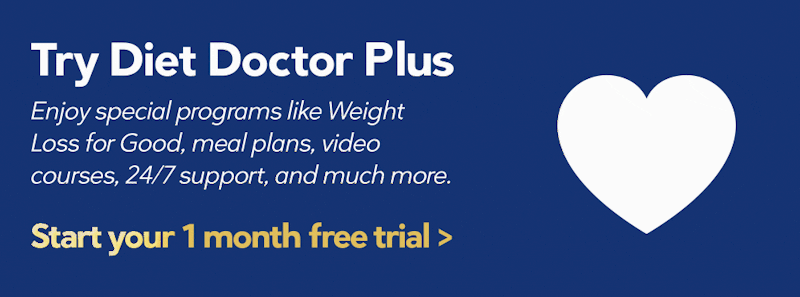
1. What is low carb?
A low-carb diet means that you eat fewer carbohydrates and a higher proportion of fat. This can also be called a low-carb, high-fat diet (LCHF) or a keto diet.
For decades we’ve been told that fat is detrimental to our health. Meanwhile low-fat “diet” products, often full of sugar, have flooded supermarket shelves. This has likely been a major mistake, that coincided with the start of the obesity epidemic.
Studies now show that there’s no reason to fear natural fats.
When you avoid sugar and starches, your blood sugar tends to stabilize and the levels of the fat-storing hormone insulin drop.
Studies show that a low-carb diet can make it easier to lose weight and to control your blood sugar, among other benefits.
The basics
- Eat: Meat, fish, eggs, vegetables growing above ground and natural fats (like butter).
- Avoid: Sugar and starchy foods (like bread, pasta, rice, beans and potatoes).
Eat when you’re hungry and stop when you’re satisfied. It can be that simple. You do not need to count calories or weigh your food.
Below are examples of what you could eat, alternatively check out our 700+ low-carb recipes.
Who should NOT do a strict low-carb diet?
Most people can safely start a low-carb diet.
- Are you taking medication for diabetes, e.g. insulin? Learn more
- Are you taking medication for high blood pressure? Learn more
- Are you currently breastfeeding? Learn more
If you’re not in any of these groups, and don’t have other severe chronic medical conditions, you’re good to go!
This guide is written for adults with health issues, including obesity, that could benefit from a low-carb diet.
Controversial topics related to a low-carb diet, and our take on them, include saturated fats, cholesterol, whole grains, red meat and restricting calories for weight loss.
Getting started fast
Do you want to get going with low carb right away? Make it truly simple by signing up for our free two-week low-carb challenge. Or get unlimited meal plans, shopping lists and much else with a free membership trial.
For extra support, join our Facebook community.
In 60 seconds
Does low carb still seem complicated? Check out our visual low-carb in 60 seconds guide
2. What to eat on a low-carb diet
In this section you can learn exactly what to eat on low carb, whether you prefer visual guides, detailed food lists, delicious recipes or a simple get started guide.
Let’s start with a quick visual guide to low carb. Here are the basic food groups you can eat all you like of, until you’re satisfied:
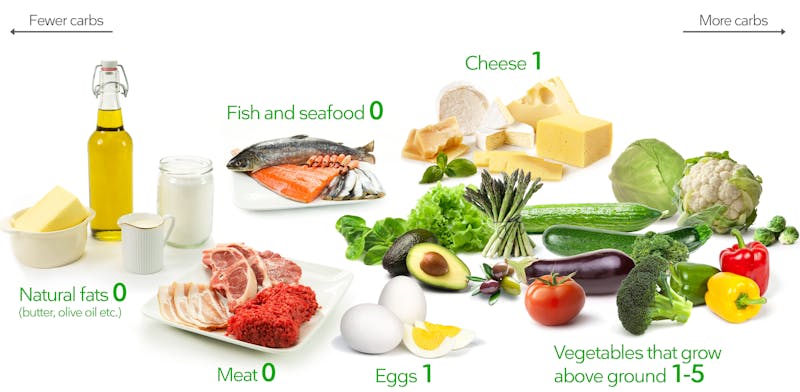
The numbers above are grams of digestible carbs per 100 grams (3.5 ounces). Fiber is not counted, you can eat all the fiber you want.
All foods above are below 5% carbs. Sticking to these foods will make it relatively easy to stay on a strict low-carb diet, with less than 20 grams of carbs per day.
Detailed low-carb foods list
Try to avoid
Here’s what you should not eat on low carb – foods full of sugar and starch. These foods are much higher in carbs.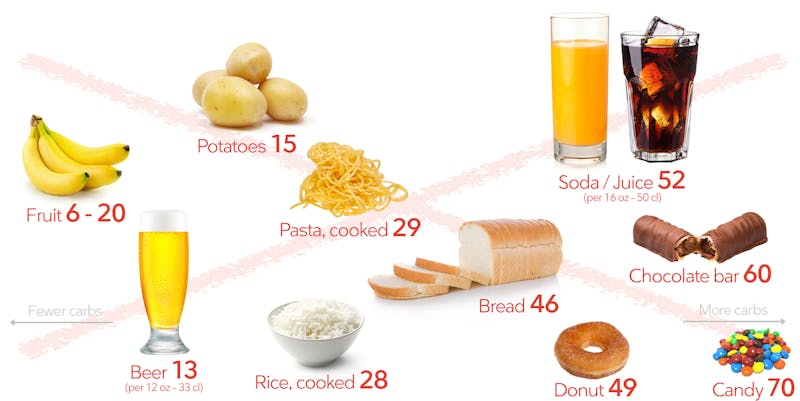
The numbers are grams of digestible carbs per 100 grams (3.5 ounces), unless otherwise noted.
Detailed list of foods to avoid
What to drink

What drinks are good on a low-carb diet? Water is perfect, and so is coffee or tea. Preferably use no sweeteners.
The occasional glass of wine is fine too.
For more, check out our complete guides to low-carb drinks and low-carb alcohol.
Visual low-carb guides
Here are more detailed visual guides to the amount of carbs in common foods. Is a specific food item low or high in carbs? Click to find out:
 Vegetables
Vegetables  Fruits
Fruits 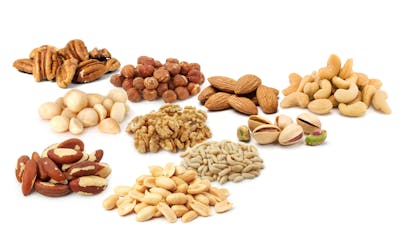 Nuts
Nuts 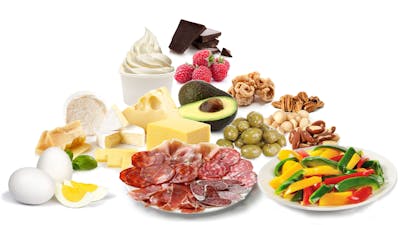 Snacks
Snacks 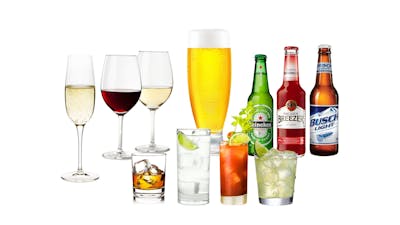 Alcohol
Alcohol 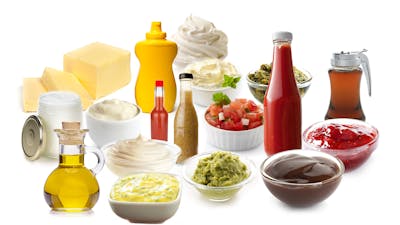 Fats & sauces
Fats & sauces 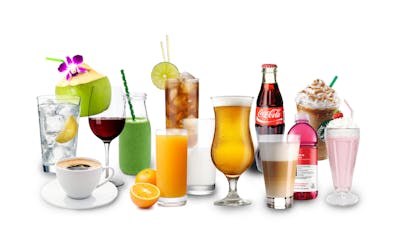 Drinks
Drinks 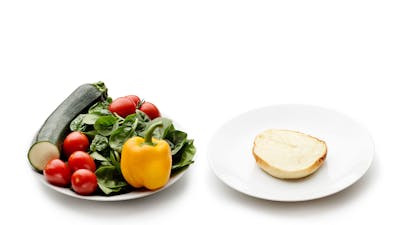 How many carbs?
How many carbs? 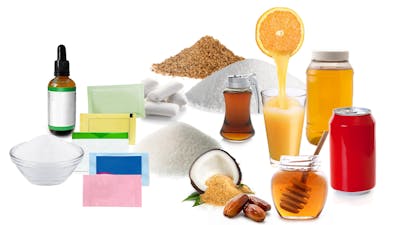 Sweeteners
Sweeteners
Recipes
Browse our over 700 delicious low-carb recipes or head over to our 14-day low-carb meal plan for inspiration. You can always find our recipes under “Recipes” in the top menu. Here are a few popular ones:
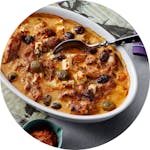 Meals
Meals Breakfasts
Breakfasts Snacks
Snacks Desserts
Desserts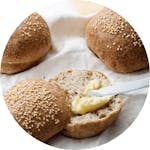 Bread
Bread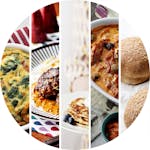 All low-carb recipes
All low-carb recipesMeal plans
Here’s an example meal plan:
Check out the meal-planner tool
How low carb is a low-carb diet?
The lower your carbohydrate intake, the more powerful the effects on weight and blood sugar appear to be.
Here are three examples of what a low-carb meal can look like, depending on how many carbs you plan to eat per day:
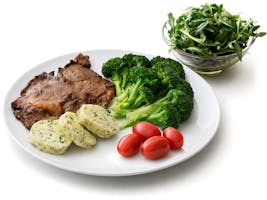 Ketogenic 0-20
Ketogenic 0-20 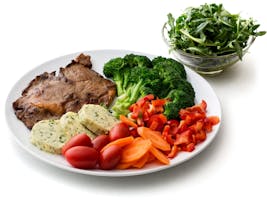 Moderate 20-50
Moderate 20-50 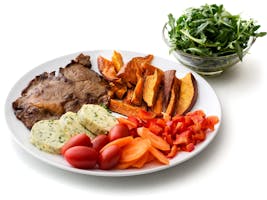 Liberal 50-100
Liberal 50-100
A strict low-carb diet is often called a keto or ketogenic diet. It’s not a no-carb diet, but it contains less than 20 grams of carbs per day.
Video course
 Here’s an 11-minute video course on how to eat low carb, high fat. Sign up for our free newsletter
Here’s an 11-minute video course on how to eat low carb, high fat. Sign up for our free newsletter
Get started
Keen to get started? Then sign up for our free 2-week low-carb challenge, where you’ll be guided step-by-step through your low-carb journey.
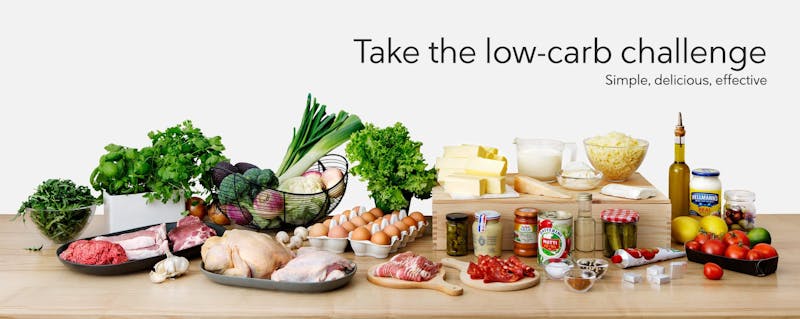
Leaflet
Here’s a leaflet with basic low-carb advice, that you may want to print and have around, or give to friends who are curious:
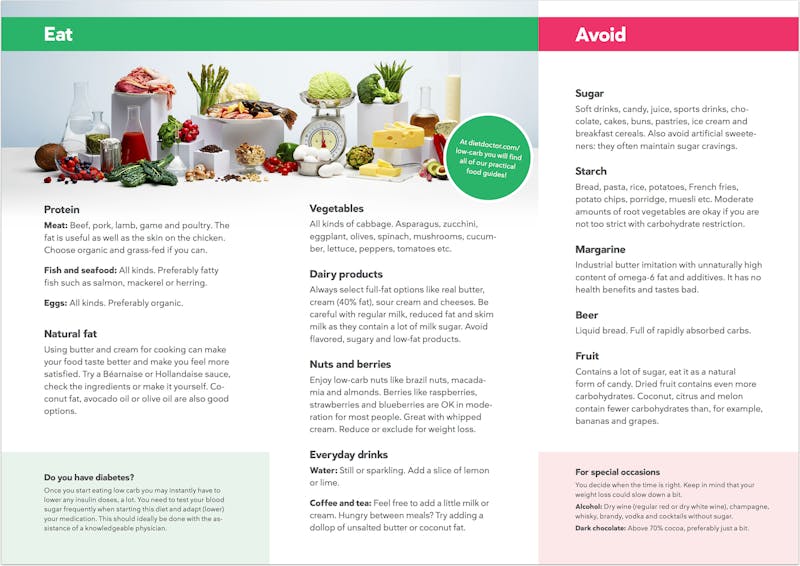

Low-carb advice in 40 languages
We have written advice on a low-carb diet in 40 languages, including our full Diet Doctor site in Spanish or Swedish.
3. Health benefits of a low-carb diet
Why would you consider eating fewer carbs? There are many potential benefits, proven by science and supported by clinical experience, like these:
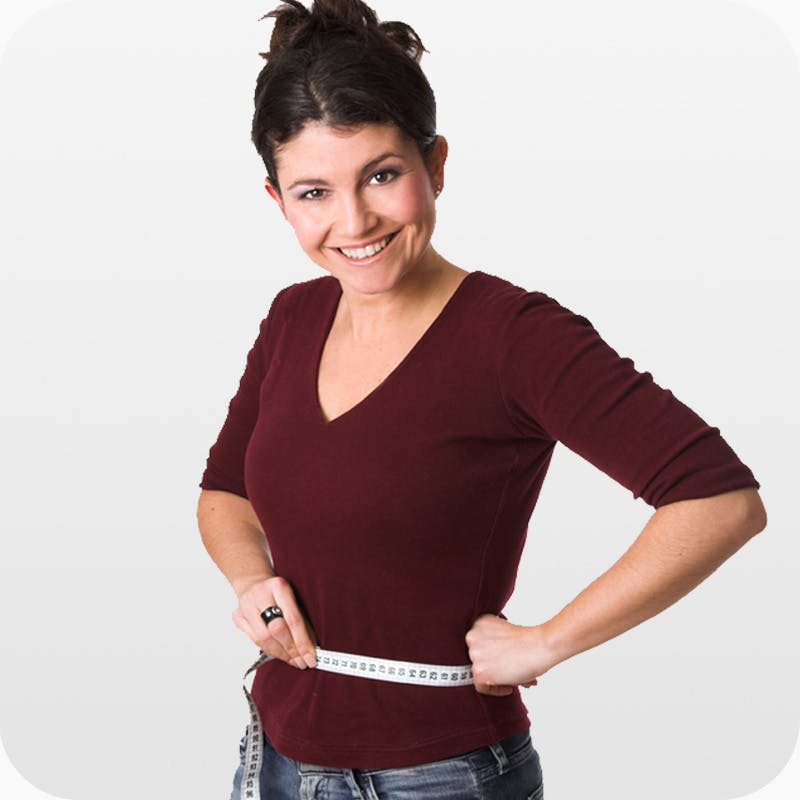 Lose weight
Lose weight
Most people start eating fewer carbs to lose weight. Studies have shown that low-carb diets are often more effective than other diets.
According to new science, a low-carb diet can even result in burning more calories than other diets.
- How to lose weight – the full guide
- Why low carb can help you lose weight
- How to lose weight with a low-carb diet
- Top 10 weight-loss tips for women 40+
- 600+ success stories
Ready to lose the weight for good?
Our new 10-week program helps you lose weight in a healthy and sustainable way.
Sign up now!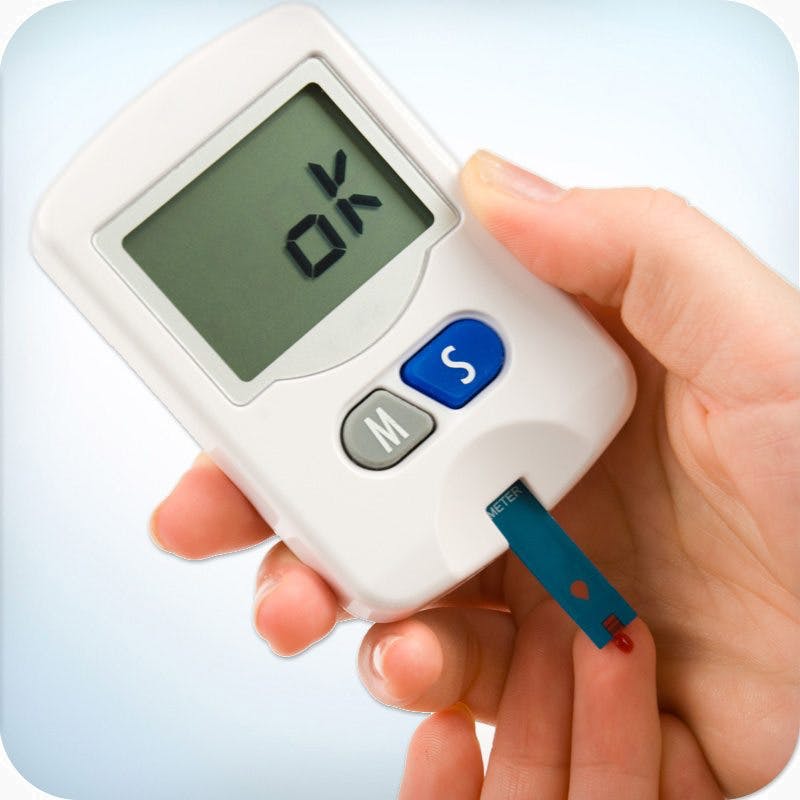 Reverse type 2 diabetes
Reverse type 2 diabetes
Low-carb diets can help reduce or even normalize blood sugar, and thus potentially reverse type 2 diabetes.
- 200+ diabetes success stories
- How to reverse type 2 diabetes
Low carb can also be helpful in managing type 1 diabetes.
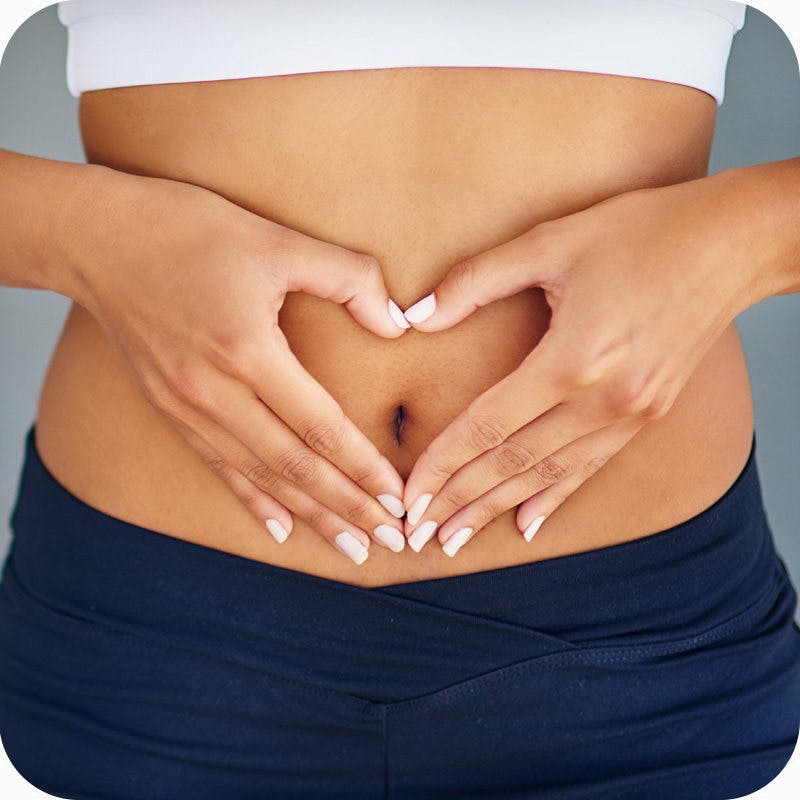 A grateful gut
A grateful gut
Low carb might help settle a grumpy gut, often reducing symptoms of irritable bowel syndrome such a bloating, gas, diarrhea, cramps and pain.
For some, this is the best part of going low carb and happens usually within the first few days, or first week, of starting the diet.
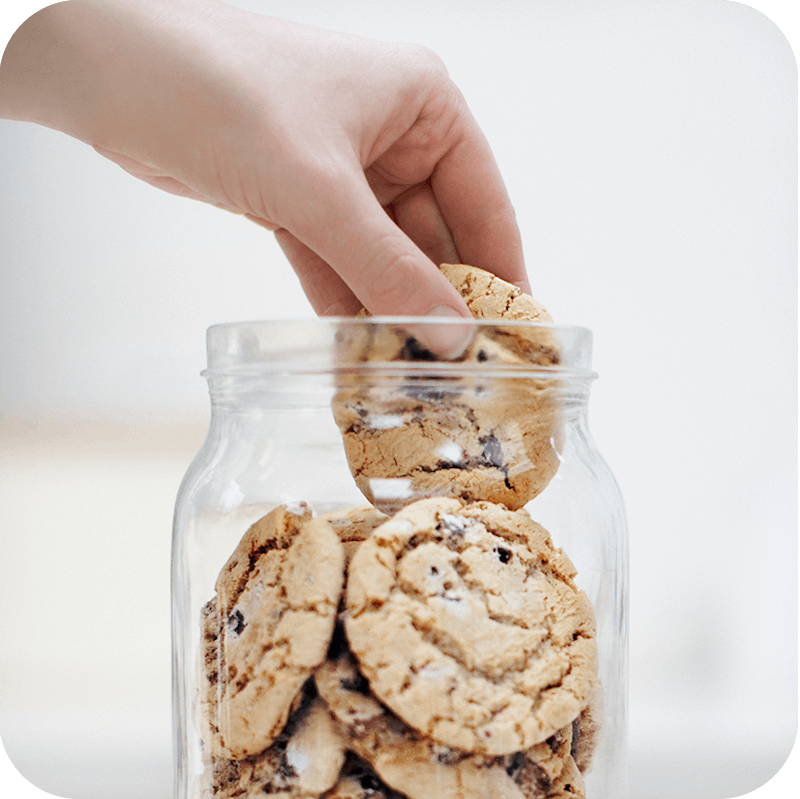 Reduce sugar cravings
Reduce sugar cravings
Are you struggling to stay away from sweet foods, even though you try to eat them in “moderation”? Many people do.
A low-carb diet can often reduce and sometimes even eliminate cravings for sweets
Bonus benefits
Weight loss, shrinking fat stores, lower blood sugar, improved mental clarity, and a calmer digestive system are the most frequently cited benefits of low-carb eating.
But some people experience even more improvements, some of which can be life-changing: lower blood pressure and other improvements in risk factors for heart disease,
The links below share more inspiring testimonials and scientific research about potential low-carb benefits.
 Blood pressure
Blood pressure 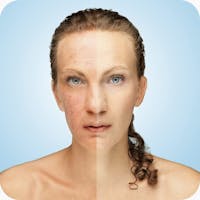 Acne
Acne  Physical endurance
Physical endurance  Epilepsy
Epilepsy
 Heartburn
Heartburn  PCOS
PCOS  Migraine
Migraine  Alzheimer’s
Alzheimer’s Success stories
We’ve been sent over 600 amazing low-carb success stories, and get more all the time. Here are a few, and links to all of them sorted by categories:
 Women 0-39
Women 0-39 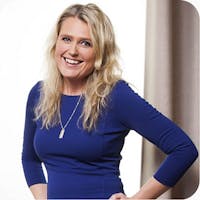 Women 40+
Women 40+  Men 0-39
Men 0-39  Men 40+
Men 40+
Top success story videos
More
All 600+ success stories
All low-carb TV videos
Share your story!4. Low-carb tips and guides
To make a low-carb diet truly simple and enjoyable requires a few new skills. For example, how do you cook low-carb breakfasts that you love? How do you eat more healthy fats? And what’s important to think about when dining out?
Here are all the guides you need.
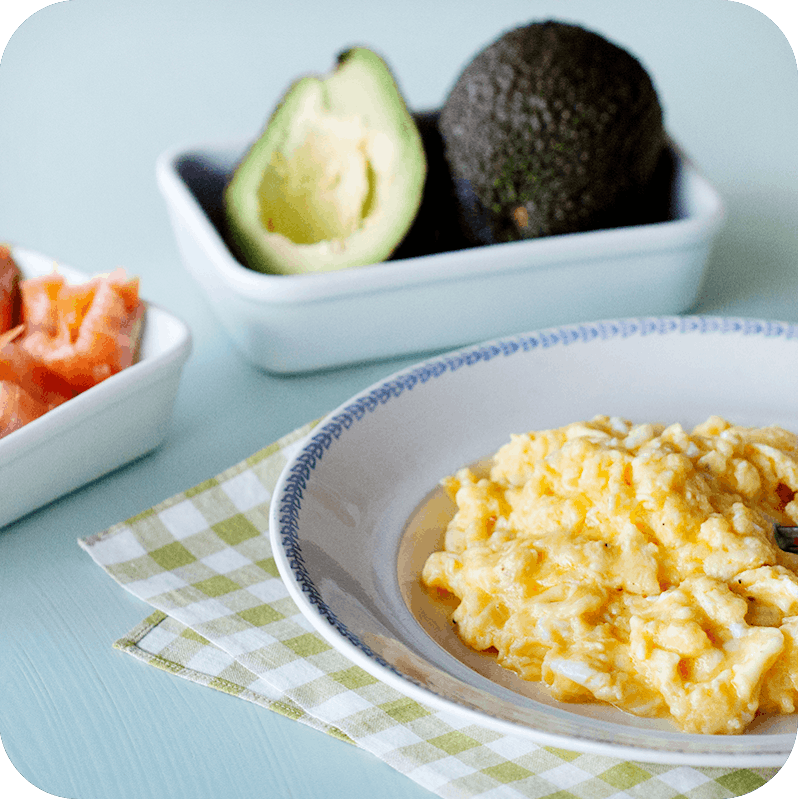 Breakfast
Breakfast
Breakfast is a great time to eat low carb. Who doesn’t love bacon and eggs? In the unlikely event that you answered “I”, there are even great options with no eggs at all.
Another strong option is to just have a cup of coffee, as many people get less hungry on a low-carb, high-fat diet and may not need breakfast at all.
There are many other options – both delicious and fast
 Meals
Meals
So, What’s for lunch and dinner on a low-carb diet? You could have mouth-watering, delicious dishes full of meat, fish, chicken, vegetables and full-fat sauces. The options are nearly limitless as you will see by our variety of recipes and meal plans.
Check out our recipes to learn to cook amazing low-carb meals
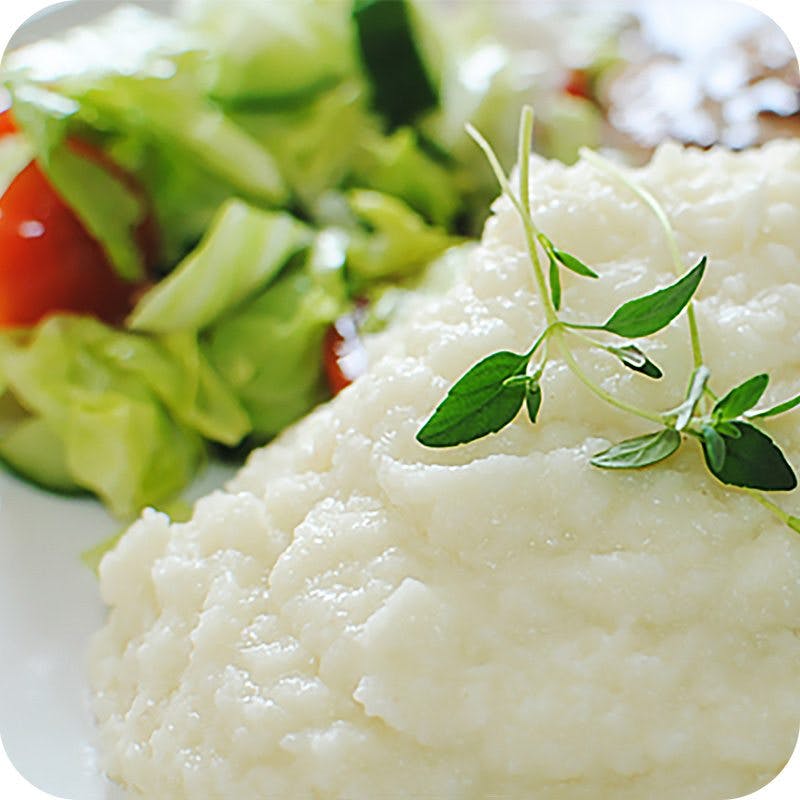 Instead of potatoes, pasta and rice
Instead of potatoes, pasta and rice
Who needs starchy sides when you can have cauliflower mash or cauliflower rice instead? Not to mention butter-fried green cabbage, yum!
In short, we can show you plenty of great low-carb alternatives that are both tasty and healthy. You may even end up liking them better than their carb-heavy predecessors.
 Eating out
Eating out
It’s very possible to eat low carb even when leaving your house, for example at restaurants. Just avoid starchy foods and ask for some extra natural fat (e.g. olive oil or butter).
This guide helps you with tips for fast food, other restaurants, buffets and for when you eat at a friend’s house
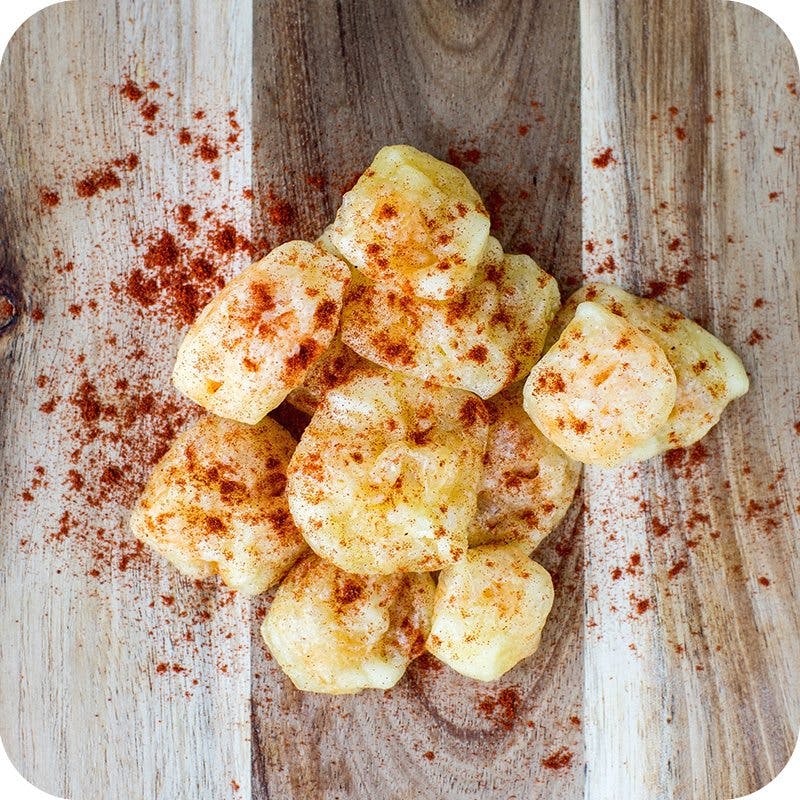 Snacks
Snacks
You probably don’t need to snack as much on a low-carb diet, as you’ll likely feel satisfied longer.
However, if you want something right away you could have cheese, nuts, cold cuts or even an egg. There are lots of amazing options
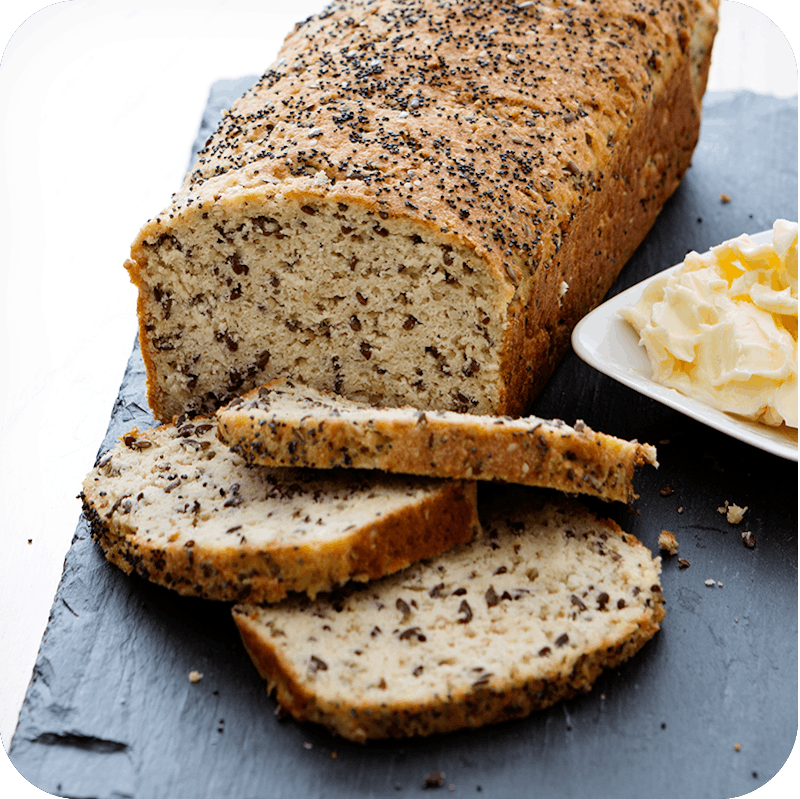 Bread
Bread
Do you have a hard time living without bread?
You may not have to. Just be aware that there are good and bad low-carb bread options. Spoiler: you’ll probably want to stay away from “low-carb” bread from the grocery store! Here’s why, and what to do instead
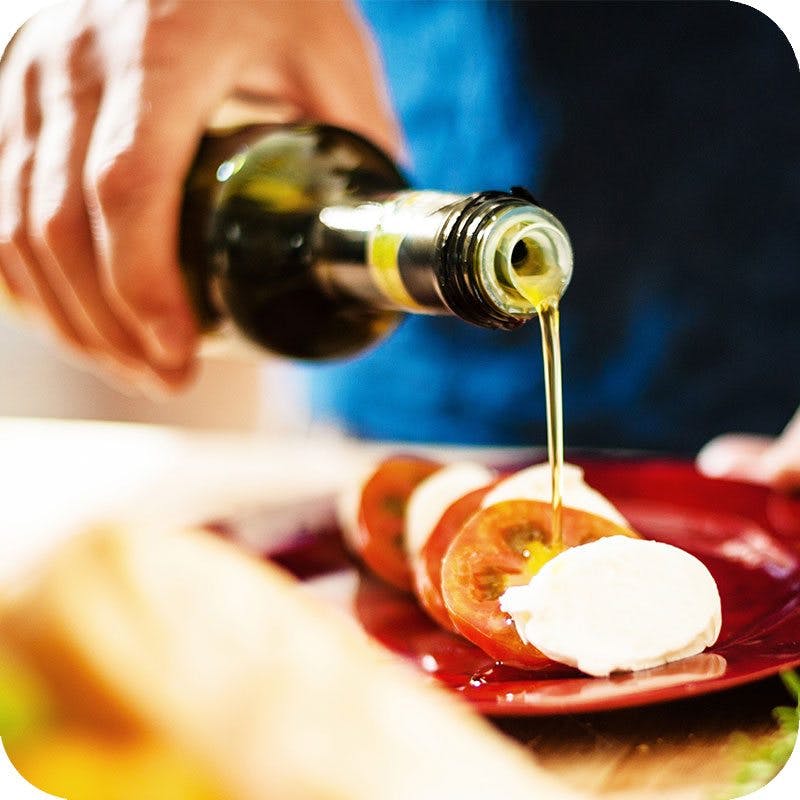 How to eat more fat
How to eat more fat
Fat can be both satiating and an amazing flavor enhancer. But how do you get enough of it in your diet? And how much fat should you really eat? Hint: enough to feel satisfied and not hungry.
Learn all about it in this guide
 Avoid “low-carb” junk food
Avoid “low-carb” junk food
Many who are eating a low-carb diet can get seduced by creatively marketed “low carb” products — cakes, cookies, candies, chocolate, pastas, breads, ice cream and other substitute foods.
Unfortunately this rarely ends well, especially not for weight loss. These products are usually lacking beneficial nutrients and are often higher in carbs than their labels imply. We recommend avoiding them entirely if possible. Learn more
 How to make low carb cheap
How to make low carb cheap
A low-carb diet doesn’t have to be expensive. In this guide, you’ll learn how to make it cheap.
With a little planning and preparation you could save a ton of money
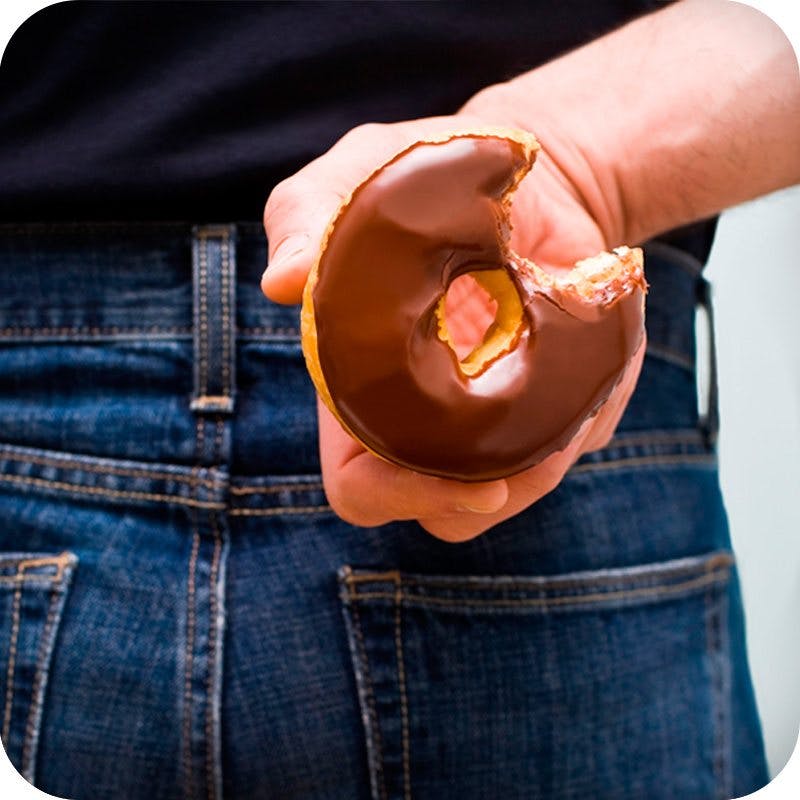 Low-carb cheating
Low-carb cheating
Is it a good thing to occasionally stray from on a low-carb diet? That depends. And it’s worth thinking about what’s right for you. Learn more
More guides
Do you want more low-carb guides? We have more low-carb guides!
All low-carb guidesTop videos about low-carb basics
Here are some of our hundreds of low-carb videos:
5. Potential side effects on a low-carb diet
If you stop eating sugar and starch cold turkey (recommended) you may experience some side effects as your body adjusts. For some people these side effects are mild, while others find the transition more difficult. It usually lasts a few days, up to two weeks, and there are ways to minimize it (see below).
Another option is to decrease the intake of carbohydrates slowly, over a few weeks, to minimize side effects. But the “Nike way” (Just Do It) may be the best choice for most people. Removing most sugar and starch often results in several pounds lost on the scale within a few days. This may be mostly fluids, but it can still be great for motivation.
Here are side effects that may occur when you suddenly start a strict low-carb diet.
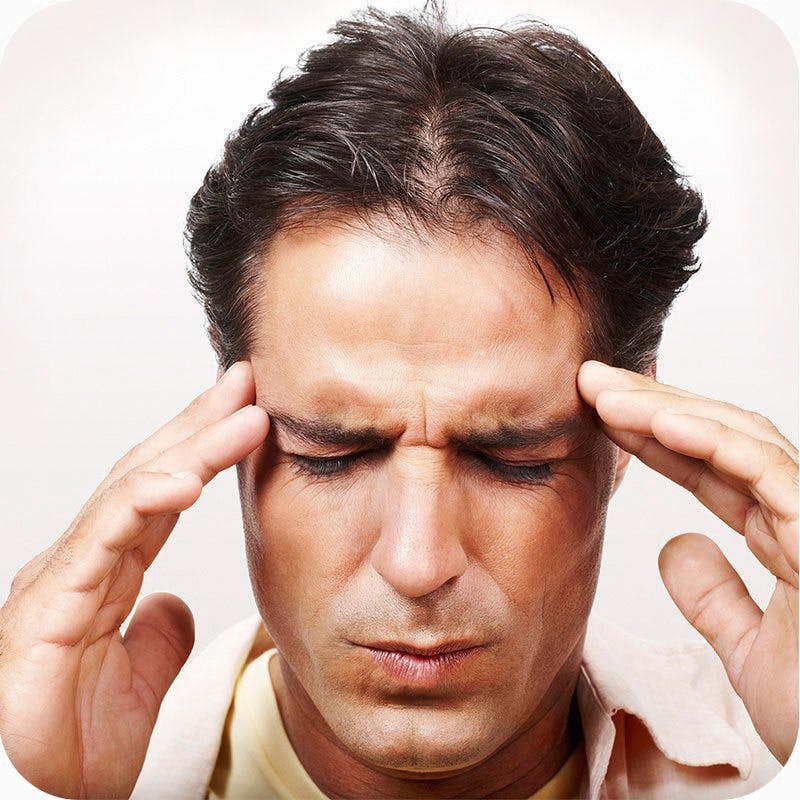 Induction flu
Induction flu
By far the most common short-term side effect is called the induction flu. It’s what makes some people feel really poorly for a few days (up to a week) after starting low carb.
Here are common symptoms:
- Headache
- Fatigue
- Dizziness
- Nausea
- Irritability
These side effects rapidly subside as your body adapts and your fat burning increases. Within a week or two, they are usually gone.
The primary reason for this may be that carbohydrate-rich foods can increase water retention in your body.
You can minimize the induction flu by drinking more fluids and by at least temporarily increasing your salt intake. A good option is to drink a cup of bouillon/broth one or two times a day. This usually keeps the induction flu minor or even non-existant.
Alternatively, drink a few extra glasses of water and put more salt on your food.
Learn more about induction flu and how to treat it
Other common issues on low carb
Beyond the induction flu, there are six more relatively common side effects on a low-carb diet. It seems like many of them can also be mostly avoided by getting enough fluid and salt.
There are also more things you can do to minimize any problems, click to read more if you’ve experienced one of these issues:
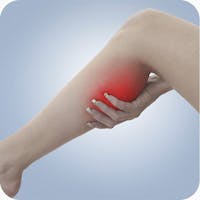 Leg cramps
Leg cramps  Constipation
Constipation  Bad breath
Bad breath  Heart palpitations
Heart palpitations  Reduced physical performance
Reduced physical performance  Reduced tolerance to alcohol
Reduced tolerance to alcohol
Less common issues
These are less commonly noticed issues, that generally only affect a minority of people:
 Potential danger when breastfeeding
Potential danger when breastfeeding  Gallstone problems
Gallstone problems 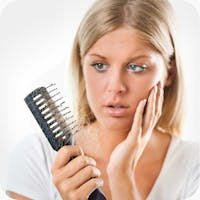 Temporary hair loss
Temporary hair loss  Elevated cholesterol
Elevated cholesterol 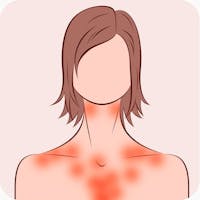 Keto rash
Keto rash 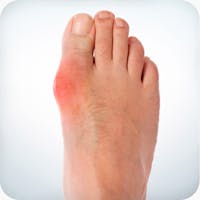 Gout
Gout All low-carb side effects and how to cure them
Low-carb controversies
Beyond the mostly transient side effects that may occur on a low-carb diet (see above) there are many controversies, misunderstandings and a few pure myths that simply don’t hold up to closer scrutiny. For example, your brain is supposed to stop working unless you eat carbs. We’ll, that’s simply wrong.
Read all about these topics on our low-carb controversies page, or choose a specific topic below:
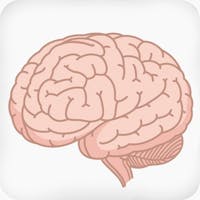 Brain
Brain 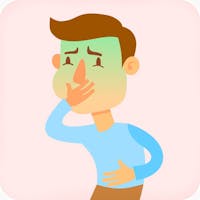 Ketoacidosis
Ketoacidosis  Gut bacteria
Gut bacteria 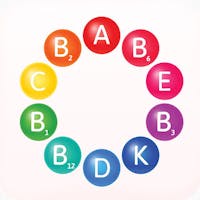 Deficiencies
Deficiencies 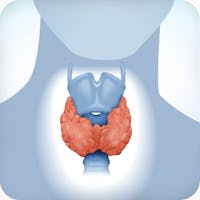 Thyroid
Thyroid  Kidneys
Kidneys 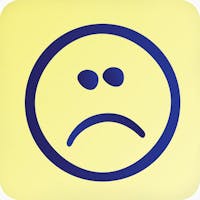 Depression
Depression 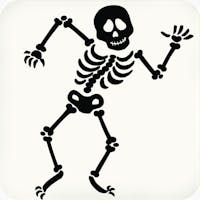 Osteoporosis
Osteoporosis  Saturated fat
Saturated fat  Cholesterol
Cholesterol  Environment
Environment
6. Learn more
Here’s the sixth and final section of this low-carb page. Do you want to truly understand low carb, and get answers to your remaining questions? Or do you want extra inspiration for yourself or for people you’re trying to help?
Find it here, and start becoming a low-carb expert.
 Low-carb TV
Low-carb TV
Get insight, enjoyment and inspiration to help you succeed, from the top low-carb channel on the planet.
Select from hundreds of awesome videos, and we’re adding 2-4 more new ones every week. Enjoy! The service is only available for members, but we offer a free trial. Join free for a month
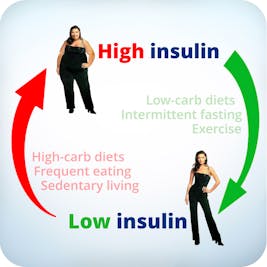 How low carb works
How low carb works
What are you designed to eat, and why can sugar and starch be a problem? Essentially, how does a low-carb diet work?
Learn how low carb works
Scientific studies on low carb
 Questions and answers
Questions and answers
Are you having problems on low carb? Are you not losing weight like you want to? How many carbs should you eat?
Get answers to your low-carb questions
For extra support, join our Facebook community.
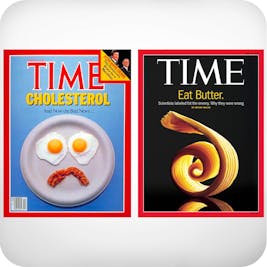 Why fat is your friend
Why fat is your friend
A lot of people still fear natural fat. But really, the whole idea that we should fear fat is based on low quality science that does not support the broad sweeping conclusion. Recent research and many open-minded experts now agree.
Read more in our evidence based guide to saturated fat and our guide to healthy fats.


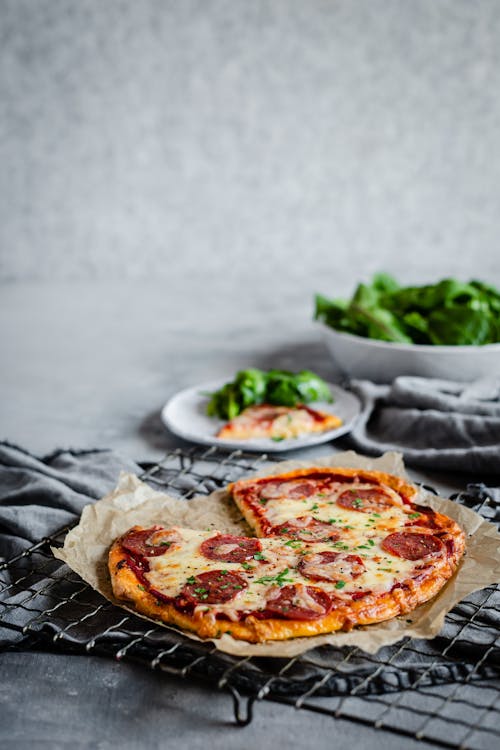



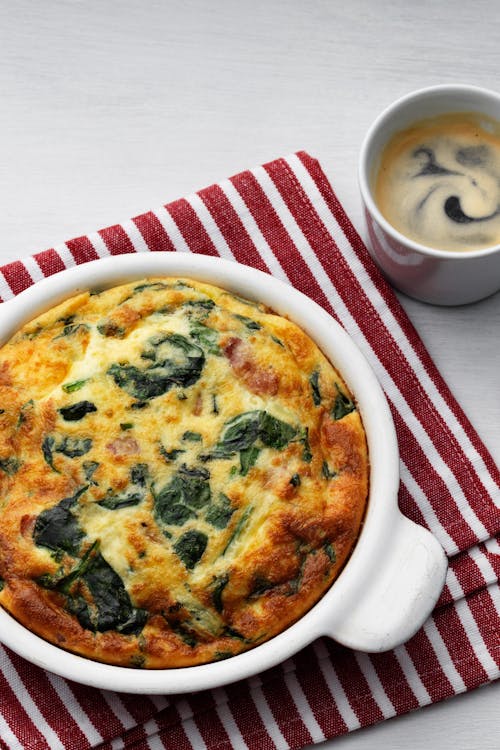

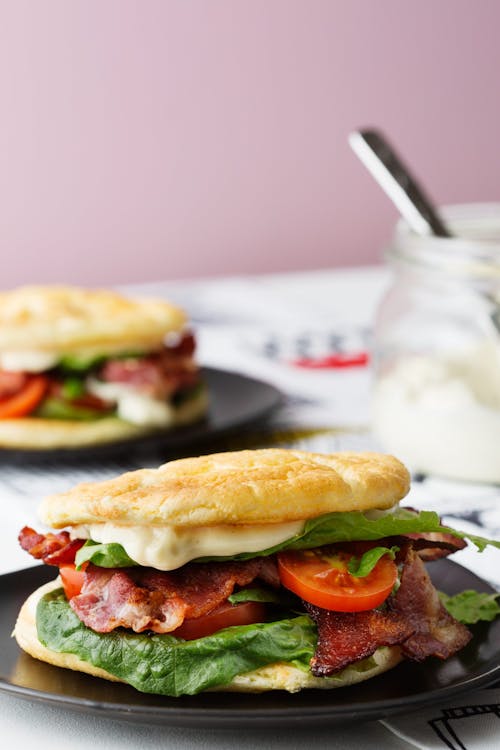
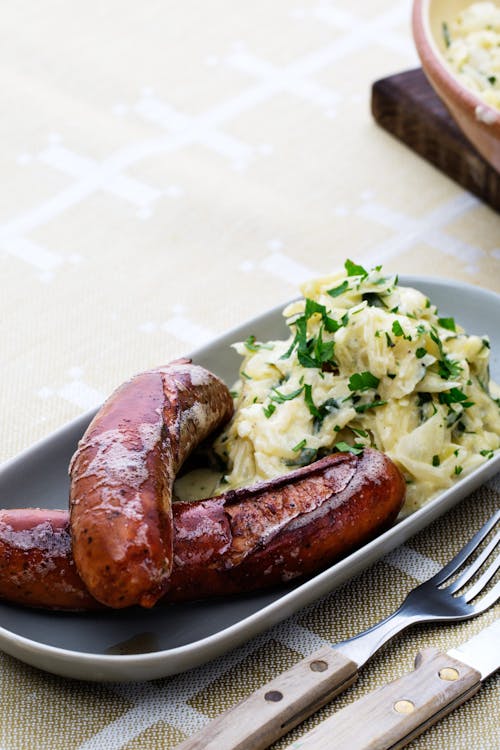

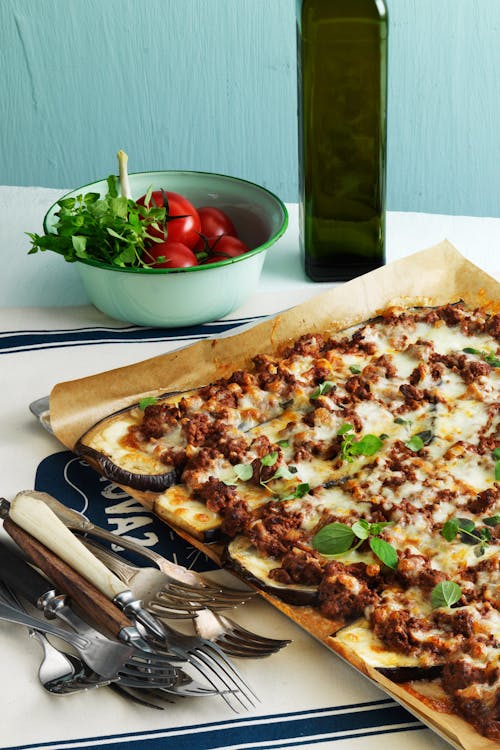


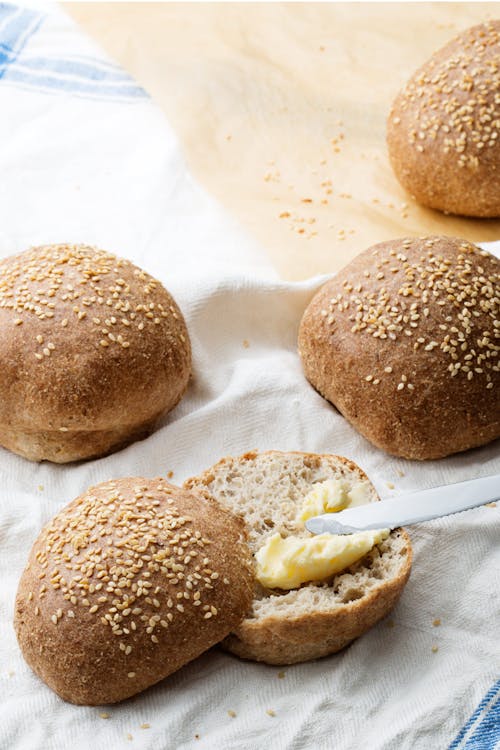
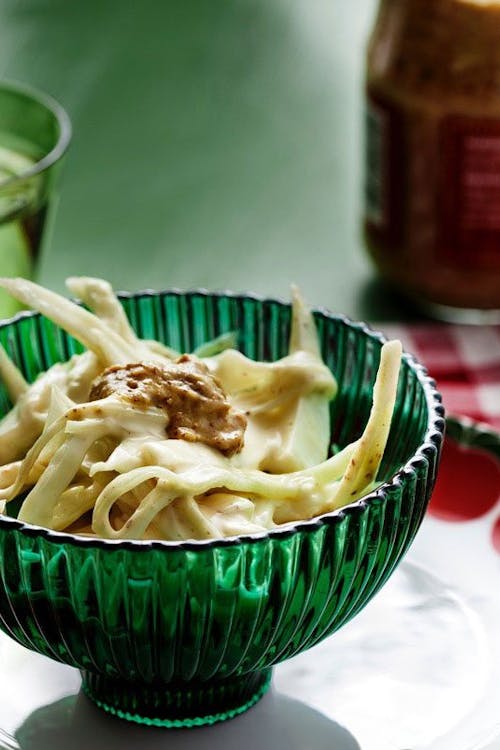
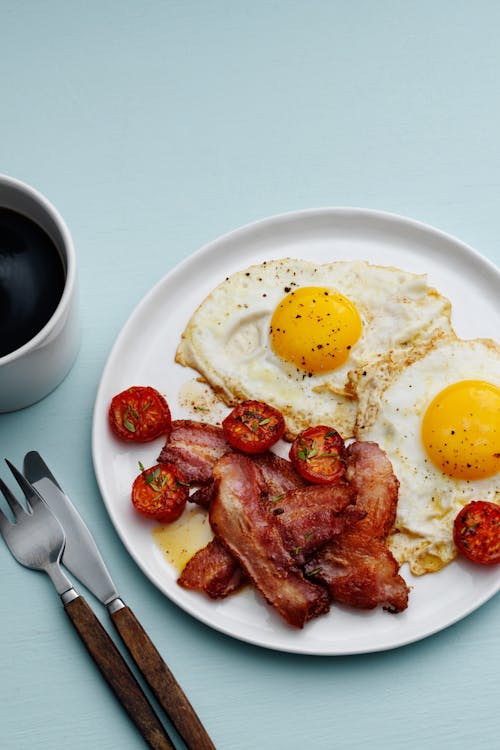
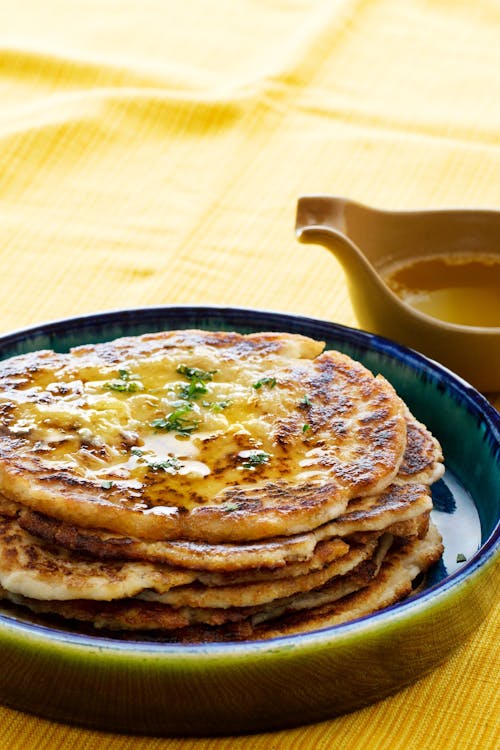
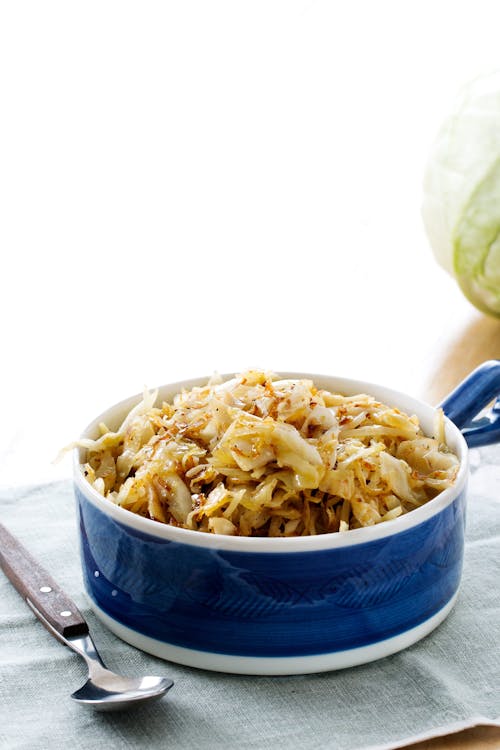
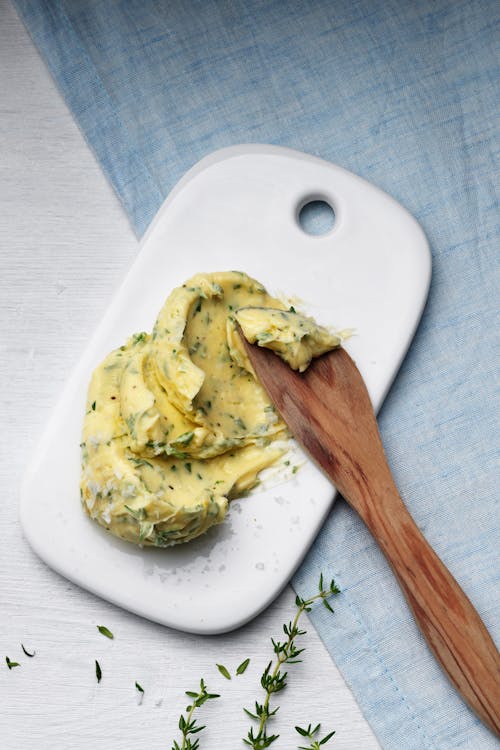
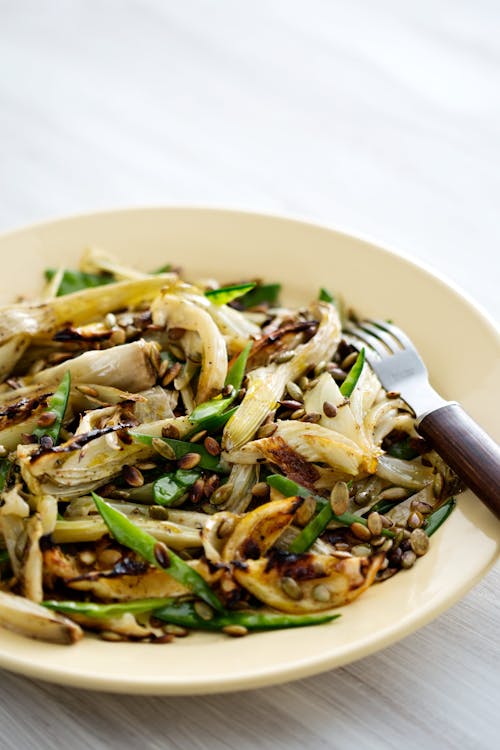
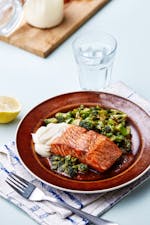



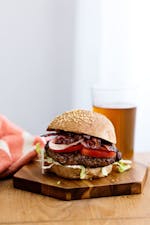
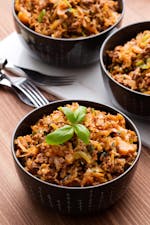


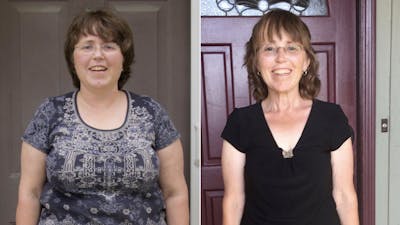


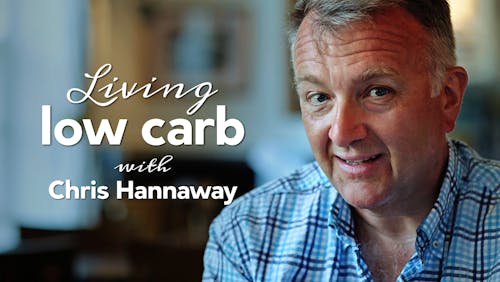
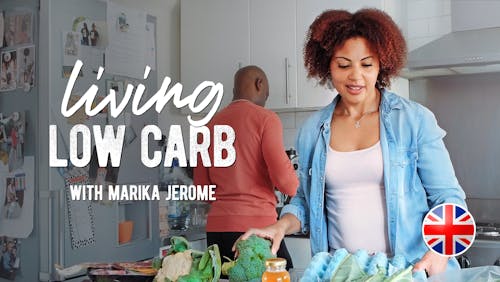
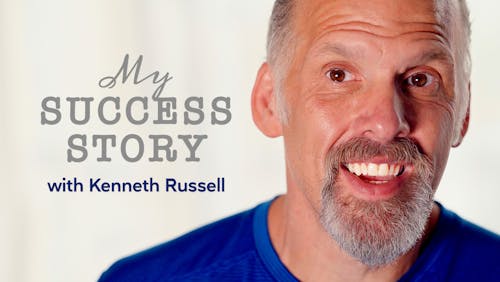
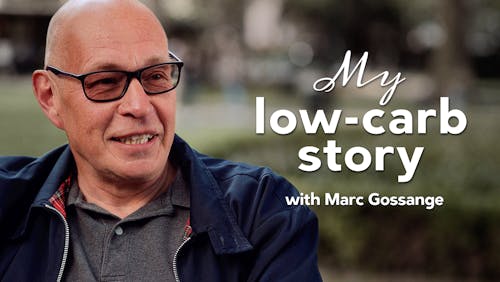
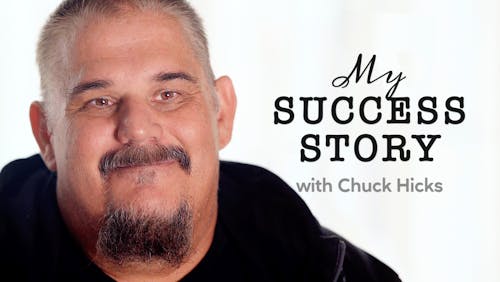


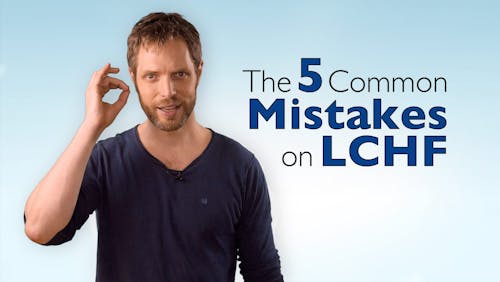
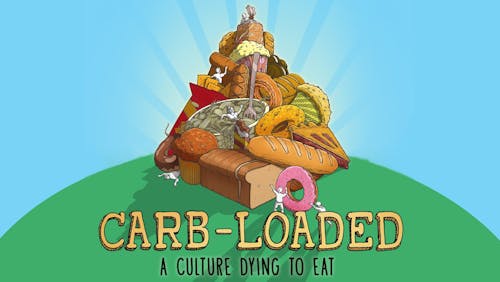

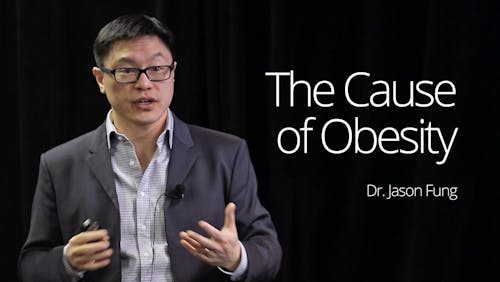

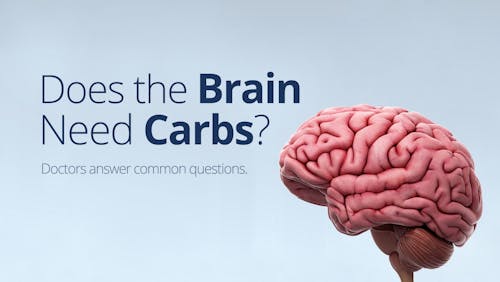

0 Comments